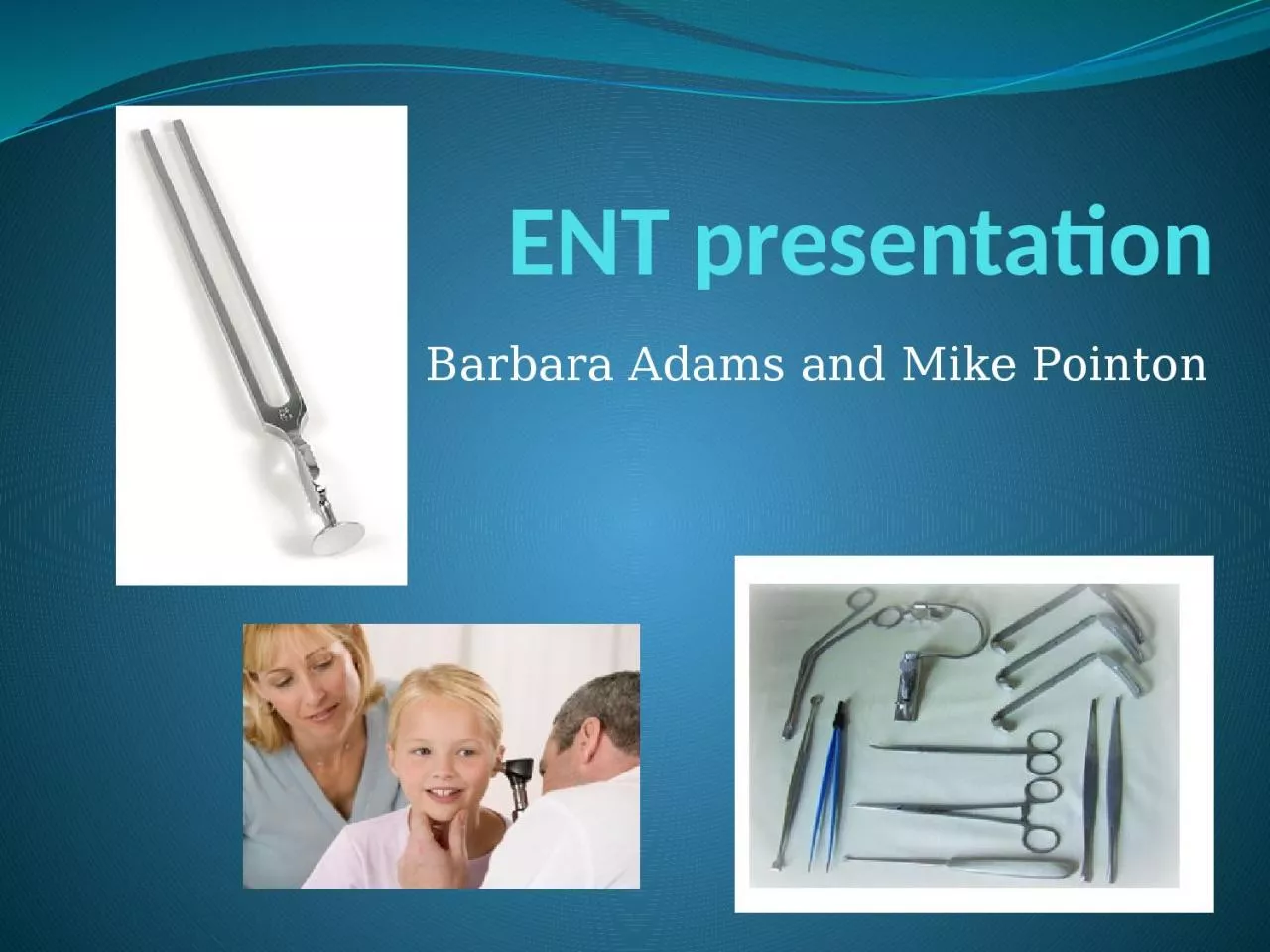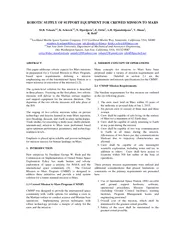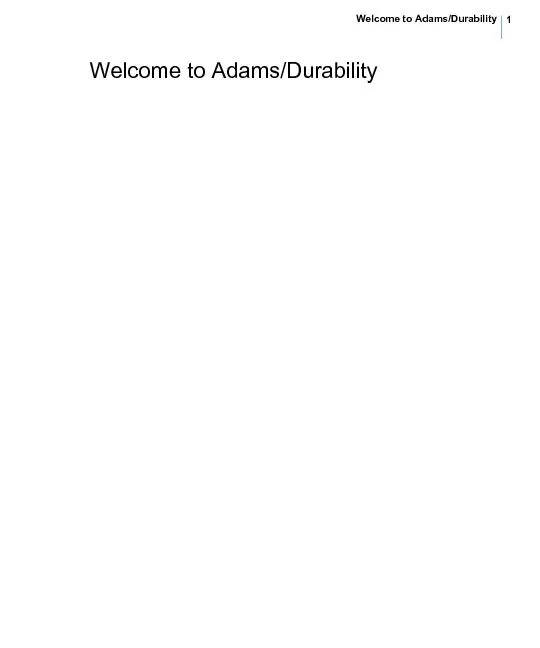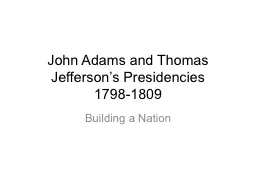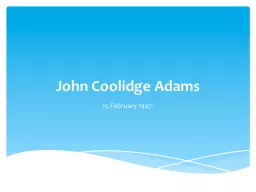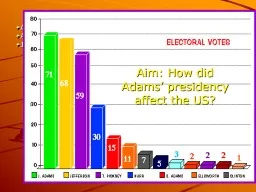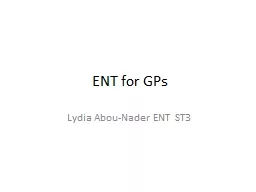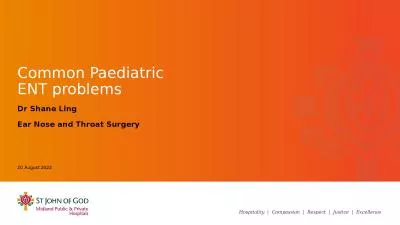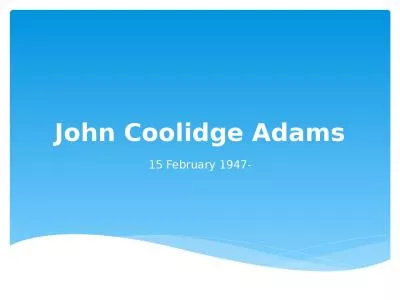PPT-ENT presentation Barbara Adams and Mike
Author : bethany | Published Date : 2024-03-13
Pointon Aims and objectives Know how to assess and manage common ENT problems in primary care Know about watchful waiting and use of delayed prescriptions Know how
Presentation Embed Code
Download Presentation
Download Presentation The PPT/PDF document "ENT presentation Barbara Adams and Mike" is the property of its rightful owner. Permission is granted to download and print the materials on this website for personal, non-commercial use only, and to display it on your personal computer provided you do not modify the materials and that you retain all copyright notices contained in the materials. By downloading content from our website, you accept the terms of this agreement.
ENT presentation Barbara Adams and Mike: Transcript
Download Rules Of Document
"ENT presentation Barbara Adams and Mike"The content belongs to its owner. You may download and print it for personal use, without modification, and keep all copyright notices. By downloading, you agree to these terms.
Related Documents

